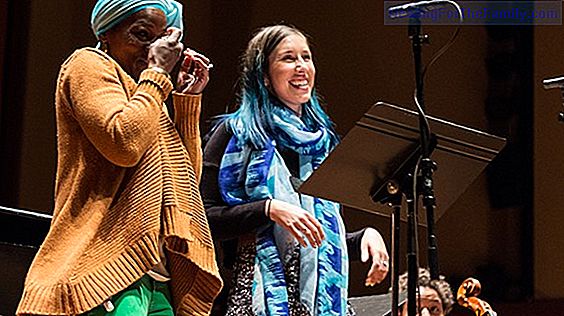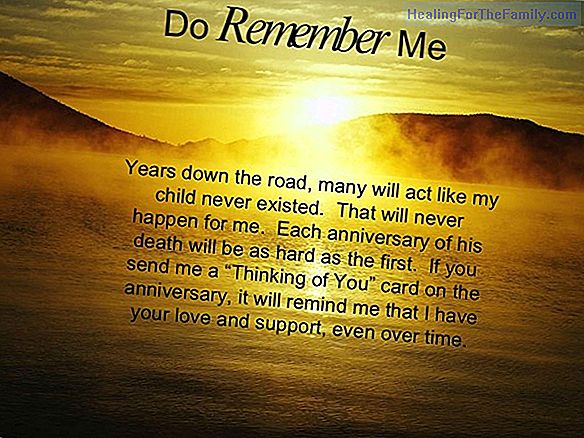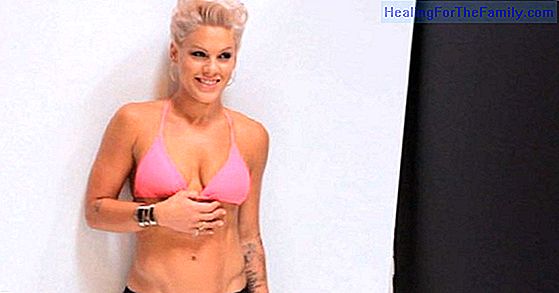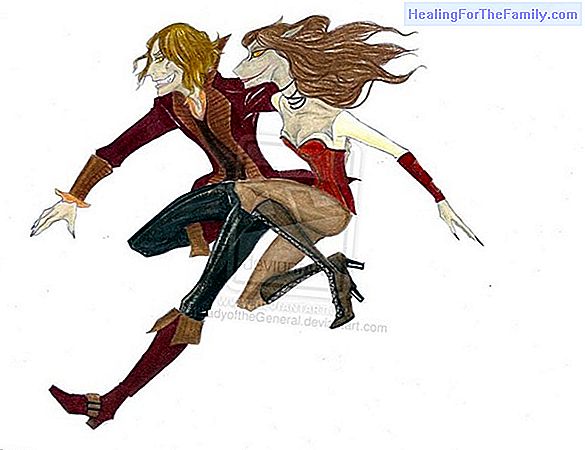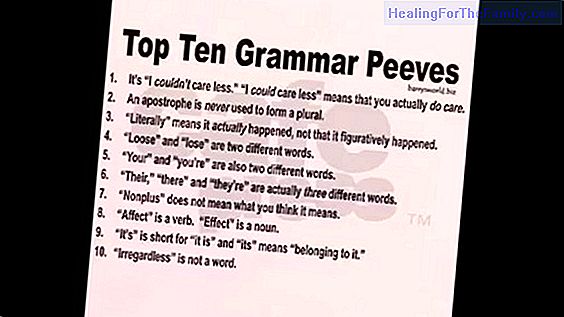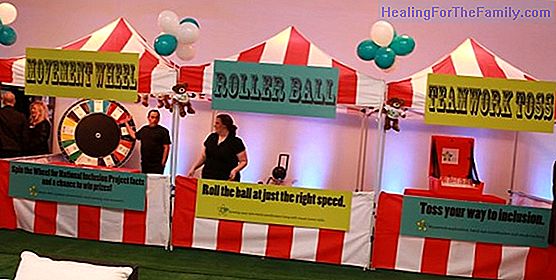The limits that children put on are to break them
As the title says, that's right: The limits that limits are set are to break them. We must not believe all our convictions, especially when it comes to ourselves, we may have a dis distorted reality . If your children have negative beliefs about themselves, and that means putting limitations, you ha
As the title says, that's right: The limits that limits are set are to break them.
We must not believe all our convictions, especially when it comes to ourselves, we may have a dis distorted reality . If your children have negative beliefs about themselves, and that means putting limitations, you have to teach them to break them.Why the limits that children put on are to break them
The beliefs that children put on must be broken. A

belief is a public declaration of your way of seeing the world. It is totally subjective and is based on your experiences, on your learning, on what you were told once or have been saying for a long time, in what you are told by people of reference for you, or what you say to yourself. We have
beliefs of two types: Limiting beliefs and empowering beliefs. - An example of
limiting belief in a child would be: I am bad at math. It terrifies me to speak in public. Y - And, an example of empowering belief
in a child would be: When I want I get it. I'm very good at drawing. The normal thing in children is to have more limiting beliefs than empowering ones, which is why it causes them to create barriers
and obstacles in their integral development as people. Again, beliefs are not an objective reality but are a subjective reality that occurs in each child. The reality is that each of us, we act according to their beliefs, if you think you are bad at math, you will never act good at math,
you will never face this activity
with the right spirit. Therefore, qué what should parents do with this type of beliefs of our children? 1-
Encourage them to have empowering beliefs. 2-
Identify those that are limiting and explain to our children that they are a belief, that they are a subjective way for them to perceive reality. 3-
Challenge and encourage them to take actions that go against their beliefs. To confront them and realize they were wrong, in this way we will break them. Following the example, if an 8-year-old child has the belief that he is bad at math, we can send him to buy the bread and do an exercise of bring the laps well
and do the shopping operations well. That being the case, we will then make the following statement, always in positive, "this shows that you are good at math" ... and so we will help you break your beliefs. Do not allow your children to live limited
, we must help them break the wrong beliefs.

